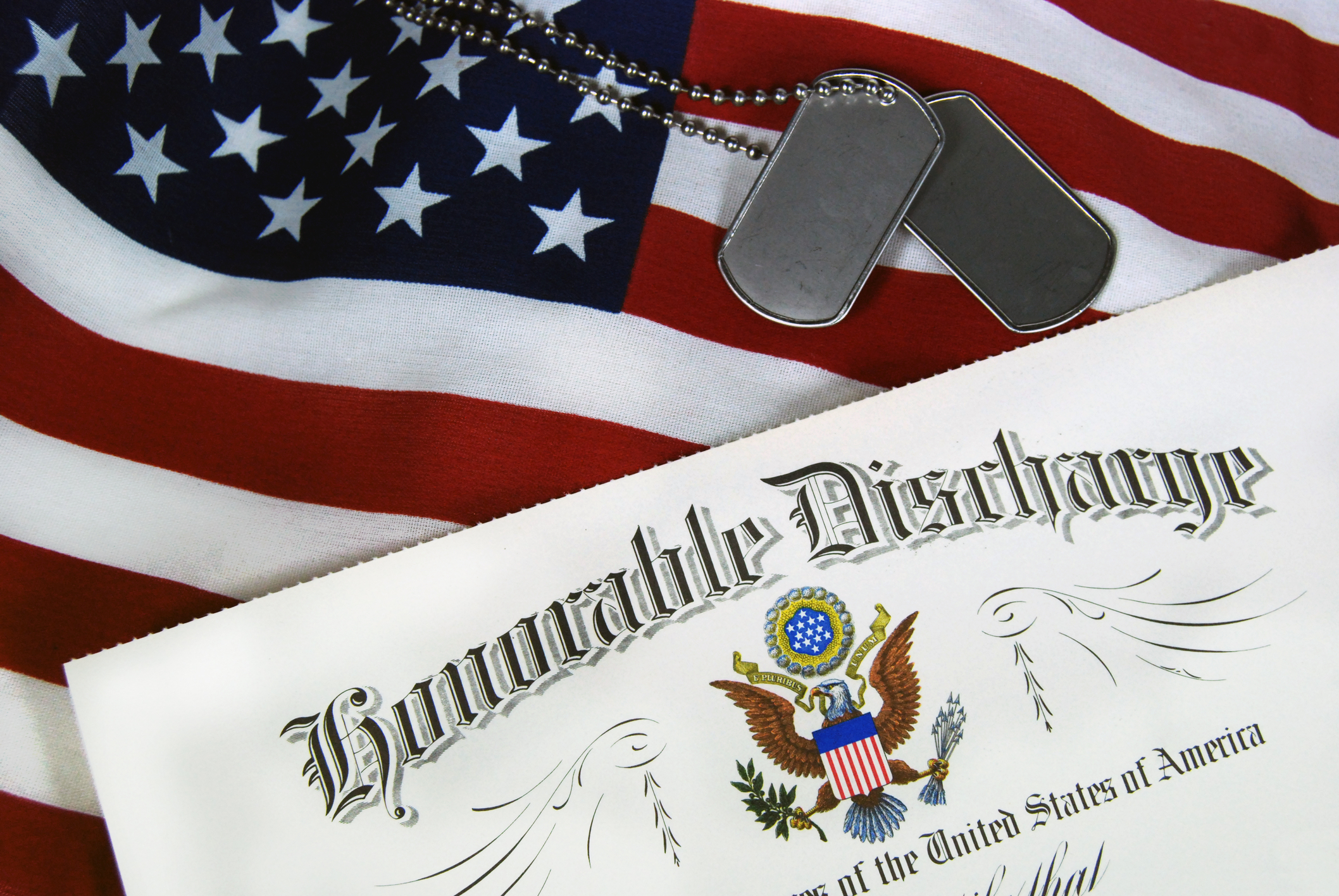In another post, I have discussed the “hidden” part of the DD 214. Separation codes (or SPN code, pronounced “Spin codes”) are to be found on this hidden section. The separation codes state the reason for the separation. According to About.com (http://usmilitary.about.com/od/theorderlyroom/a/code2.html, the DoD will no longer allow the release of these codes to the public. However, most medium to large sized employers, as well as all government employers, know these codes. These separation codes are used by employers in determining whether to hire an employee. If you have a bad separation code, you may find it difficult if not impossible to get a job.
For example, I had a client who was given an entry level separation because he tested hot for marijuana when he reported for basic training. I was taught as a JAG that an entry level separation (ELS) is a “no-fault” separation and that the servicemember will not face any problems in the civilian world. This is, of course, wrong. His separation code was BLK – drug use. This prevented him from so much as getting a job with Metro-North cleaning trains.
I have run into a number of people who received Honorable or General discharges but were unable to find adequate employment, only to find out that they received a negative separation codes.
Although the DoD refuses to reveal the codes, there are various website where they are listed.
If you believe that the separation code is in error or is creating problems for you to get employed, you may want to consider making an application to change it.


